Miami is a fantastic place for wildlife watching. You can see colorful birds, gentle manatees, and fascinating alligators in their natural habitats. The Everglades and Biscayne Bay offer excellent spots to observe a wide variety of animals.
However, city parks like Matheson Hammock Park and Bill Baggs Cape Florida State Park are great for birdwatching and spotting other small creatures. Each season brings unique wildlife. Winter is perfect for bird migration and manatee sightings as they seek warm waters.
Spring and fall are when many birds pass through, and in summer, you’ll see young alligators and nesting birds. You don’t need to be a wildlife expert to enjoy it. Bring your binoculars and a guidebook, and you’ll have a great time exploring these natural treasures.
Keep a safe distance to protect the animals, and you’ll have an unforgettable adventure in Miami’s wildlife hotspots!
Key Bird Watching Spots
Miami’s best birdwatching locations are filled with colorful birds all year. Bring your binoculars and check out these top spots for a great birdwatching adventure!
Everglades National Park

- The Everglades is a must-visit for bird lovers. In winter, migratory birds flock to the wetlands, including herons, egrets, and ibises. Look out for the roseate spoonbill, whose bright pink color makes it stand out.
- The Anhinga Trail provides easy access to see these birds in their natural habitat. For an immersive experience, try a guided airboat tour. Bring your binoculars for close-up views, and move quietly so as not to disturb them.
Matheson Hammock Park
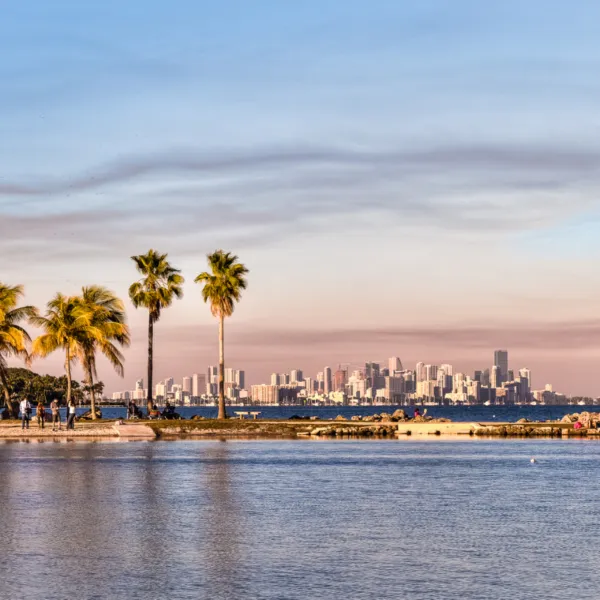
- Matheson Hammock Park offers a mix of local and migrating birds. Walk along the mangrove trails to spot woodpeckers tapping on tree trunks, hawks circling overhead, and ospreys diving for fish.
- Winter and spring bring more birds to this area, but you’ll find something to see no matter the season. Birdwatchers can explore a variety of paths for different viewing experiences.
Bill Baggs Cape Florida State Park
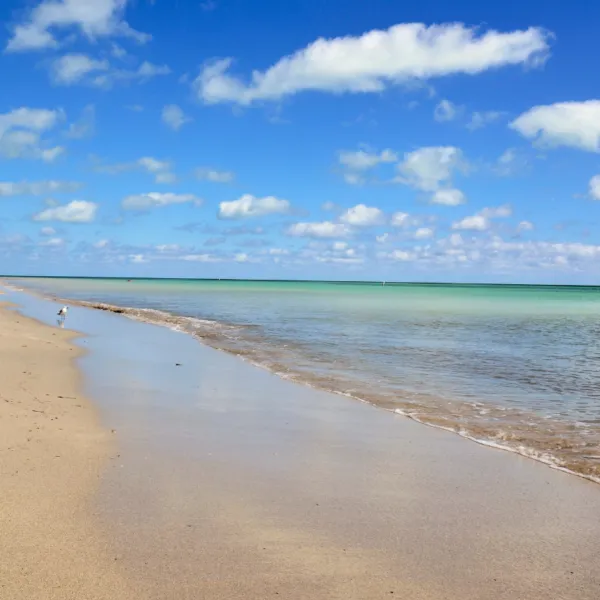
- Bill Baggs Cape Florida State Park offers coastal bird watching at its best. During spring and fall migration seasons, colorful warblers and buntings pass through, along with other bird species.
- The lighthouse and sandy trails are the best spots for observing these feathered travelers. Visiting early in the morning will give you a higher chance of seeing them up close.
Tips for Successful Bird Watching
- Bring Gear: Binoculars and a bird identification guide will help you spot and identify various birds.
- Stay on Trails: Protect bird habitats by staying on marked trails.
- Ask for Help: Rangers or guided birding tours can lead you to the best spots if you’re not sure where to go.
Marine Life Marvels
Miami’s waters teem with incredible marine life, from manatees to dolphins. Get ready and explore these prime locations for an amazing marine life experience!
Manatee Viewing Areas
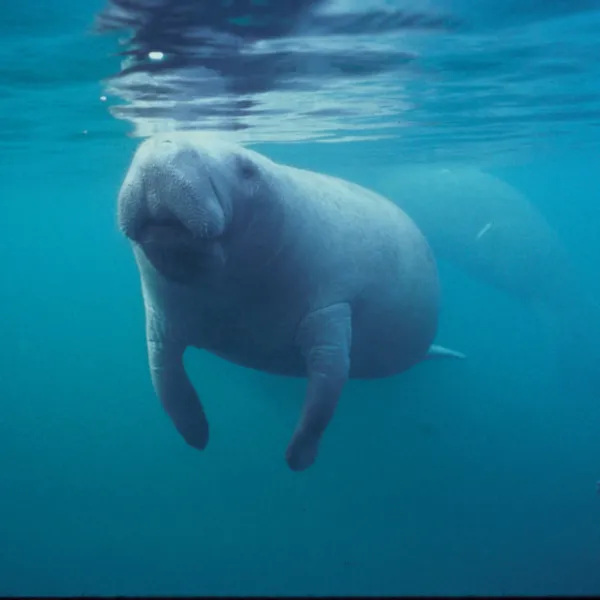
- Manatees, also called sea cows, are gentle giants found in Miami’s warm waters. They thrive in the cooler months, when they gather around warm springs or protected marinas. Black Point Marina and Virginia Key are two prime locations where you can see them resting or grazing on seagrass.
- Visit with patience and keep your distance to avoid disturbing these endangered animals. A pair of polarized sunglasses will help you spot their distinct round noses breaking the water’s surface.
Biscayne Bay
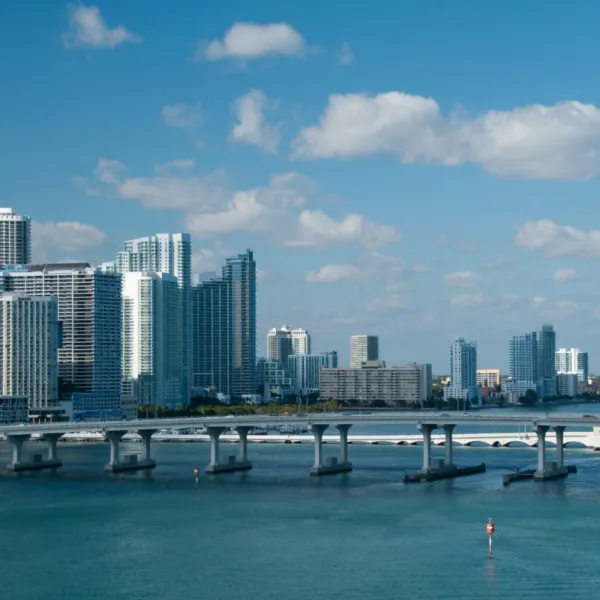
- Biscayne Bay is a bustling underwater wonderland. Take a kayak or join a guided boat tour to spot playful dolphins, graceful stingrays, and even sea turtles. The bay’s shallow waters provide a safe environment for marine life to feed and rest.
- Sunrise or sunset trips give you the best chance of catching glimpses of these creatures in action. Bring a waterproof camera or GoPro to capture the incredible sights without disturbing them.
Tips for Watching Marine Life
- Stay Safe: Wear a life vest, especially when kayaking or boating, and follow all local water safety rules.
- Respect Wildlife: Don’t feed the animals or chase them. Give them space to move naturally.
- Best Gear: Polarized sunglasses and a waterproof camera enhance the experience.
Land Animal Encounters
Miami’s parks and nature reserves provide a chance to observe unique creatures like alligators and deer. Plan your visit to witness these incredible animals in their natural habitats.
Everglades Wildlife
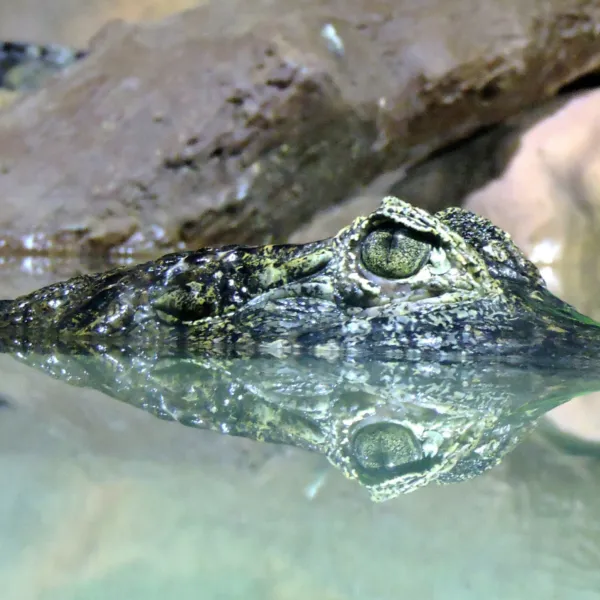
- The Everglades is more than just a bird watching paradise; it’s also home to fascinating reptiles and mammals. Alligators are the stars of this ecosystem, often seen basking in the sun along water channels.
- For safe viewing, visit the Anhinga Trail or Shark Valley, where elevated walkways offer great vantage points. Besides gators, you might spot turtles, snakes, and marsh rabbits. Wild otters are also occasionally seen splashing about. Stay on designated paths and keep a safe distance from alligators.
Oleta River State Park
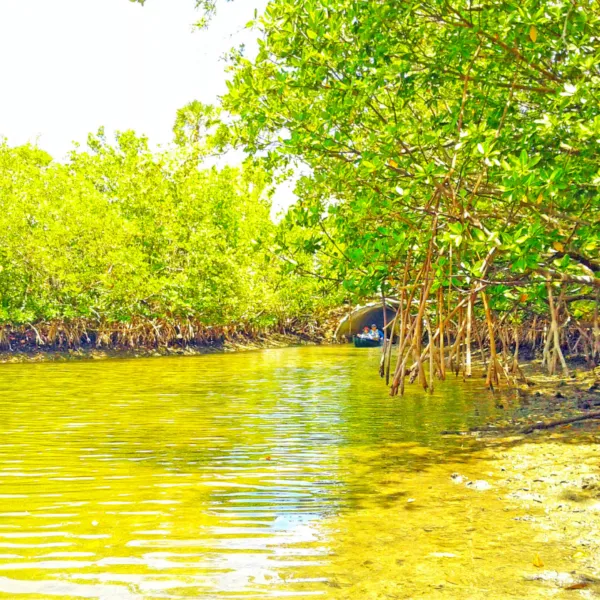
- Oleta River State Park is the largest urban park in Florida. It’s known for hiking and biking trails that wind through mangroves and pine flatwoods. Along these paths, keep an eye out for raccoons scurrying around or deer grazing quietly.
- You may also see opossums or armadillos foraging among the plants. The park’s waterways provide prime fishing and kayaking spots, where you could encounter wading birds and fish. Visit in the early morning or late afternoon for the best wildlife sightings.
Miami Wildlife Sanctuary
- See the sanctuary’s safe haven for rescued animals, where natural Florida fauna, birds, and alligators all find a home. Educational excursions provide information about the region’s many ecosystems and conservation initiatives.
- Walk the paths, observe the creatures in their native environments, and discover how the sanctuary contributes to the preservation of Miami’s distinctive fauna.
Tips for Spotting Land Animals
- Keep Quiet: Move silently and avoid loud noises to increase your chances of seeing wildlife.
- Stay Alert: Watch for movement in the bushes or water for hidden animals.
- Follow Park Rules: Stick to trails and observe safety guidelines for an enjoyable visit.
Unique Habitats of Miami
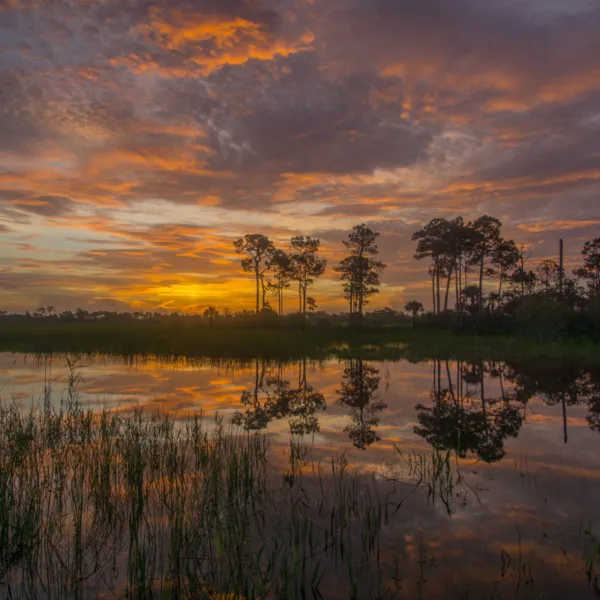
Miami’s diverse habitats include wetlands, mangroves, and coastal areas, each hosting unique wildlife. Explore these varied ecosystems to discover the city’s remarkable natural beauty.
Wetlands
- Miami’s wetlands are a crucial habitat that supports diverse wildlife, especially in the Everglades. These freshwater and saltwater swamps are home to alligators, turtles, frogs, and many bird species.
- Mangrove forests create natural nurseries for fish and provide protection against coastal erosion. Visit Big Cypress National Preserve to see this ecosystem up close. Bring insect repellent and wear lightweight clothing to protect against mosquitoes.
Coastal and Urban Areas
- Miami’s coastal areas are rich in wildlife due to their proximity to both the Atlantic Ocean and Biscayne Bay. The mangroves, beaches, and coral reefs offer shelter to crabs, fish, and seabirds like gulls and pelicans. Crandon Park and Virginia Key are two great spots to see this coastal wildlife in action.
- Meanwhile, urban parks like Matheson Hammock and Oleta River State Park offer green spaces where raccoons, squirrels, and other small animals thrive. The contrast between urban and coastal environments allows you to explore two distinct ecosystems.
Habitat Conservation Efforts
- Miami’s natural habitats are vital for wildlife, but urban development and pollution threaten them. Organizations like the National Park Service, local governments, and nonprofits work to protect these areas through clean-up programs, habitat restoration, and educational outreach.
- When you visit, remember to follow park guidelines, dispose of trash properly, and avoid disturbing plants and animals.
Tips for Exploring Unique Habitats
- Proper Gear: Bring binoculars, a camera, and insect repellent to enhance your exploration.
- Respect the Environment: Stay on trails to avoid damaging delicate ecosystems.
- Stay Informed: Learn about the wildlife and habitats before visiting to make the most of your trip.
Seasonal Wildlife Events
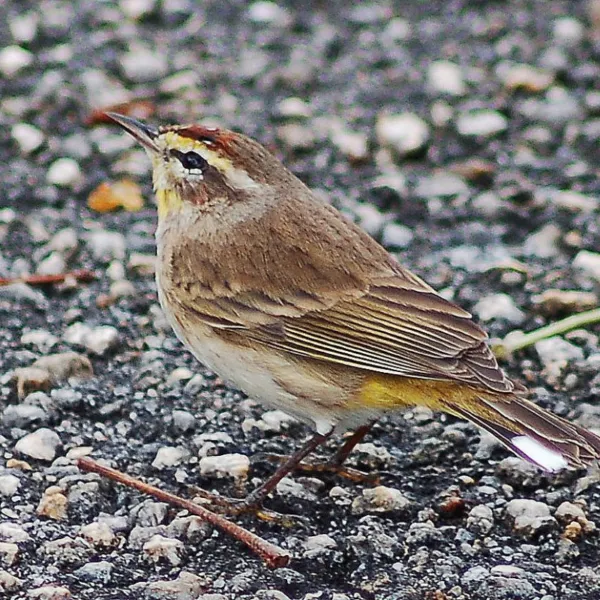
Miami’s wildlife changes with the seasons, bringing migratory birds, nesting alligators, and active manatees. Mark your calendar to enjoy these seasonal animal spectacles.
Spring and Summer
- In spring, migratory birds fill Miami’s skies with vibrant colors. Warblers, buntings, and swallows are easy to spot at Bill Baggs Cape Florida State Park and Matheson Hammock Park. Birds start nesting, offering a chance to see chicks. In the Everglades, young alligators swim near their mothers.
- Summer is the peak nesting season for birds in the Everglades and coastal parks. Manatees and dolphins are active in Biscayne Bay, swimming close to shore.
Fall and Winter
- In fall, hawks, eagles, and seabirds migrate south, making Cape Florida State Park and Everglades National Park ideal spots. Manatees seek warm waters, so visit Black Point Marina to see them.
- Winter is perfect for birdwatching. The Everglades are full of ducks, herons, and pelicans. Manatees gather in large groups, and dolphins are more active.
Tips for Seasonal Wildlife Watching
- Guides: Use seasonal guides to know what to look for.
- Timing: Sunrise and sunset are best for wildlife activity.
- Dress: Wear layers in winter and light clothing in summer.
Tips and Etiquette for Wildlife Watching
To make the most of your wildlife watching in Miami, keep these tips in mind:
- Stay Quiet: Speak softly and move gently. Loud noises and sudden movements can scare animals away.
- Use the Right Gear: Bring binoculars for a closer view, a camera for capturing moments, and a field guide to identify the animals.
- Keep a Safe Distance: Maintain a respectful distance from all wildlife. Don’t touch, feed, or chase any animal.
- Stick to the Trails: Stay on marked paths to protect sensitive habitats and avoid disturbing nesting areas.
- Leave No Trace: Take your trash with you. Avoid picking flowers or disturbing plants.
- Follow Local Rules: Pay attention to the park or reserve guidelines and always follow ranger instructions.
What We Think
Miami’s wildlife offers unmatched excitement. From colorful birds to gentle manatees, each season delivers something unique. Whether trekking through the Everglades or paddling in Biscayne Bay, you’ll find diverse animals thriving in their natural habitats.
With proper respect and a keen eye, you’ll witness stunning sights that will leave you in awe. Pack your gear, stay safe, and follow the rules to make the most of Miami’s incredible year-round wildlife-watching adventures.

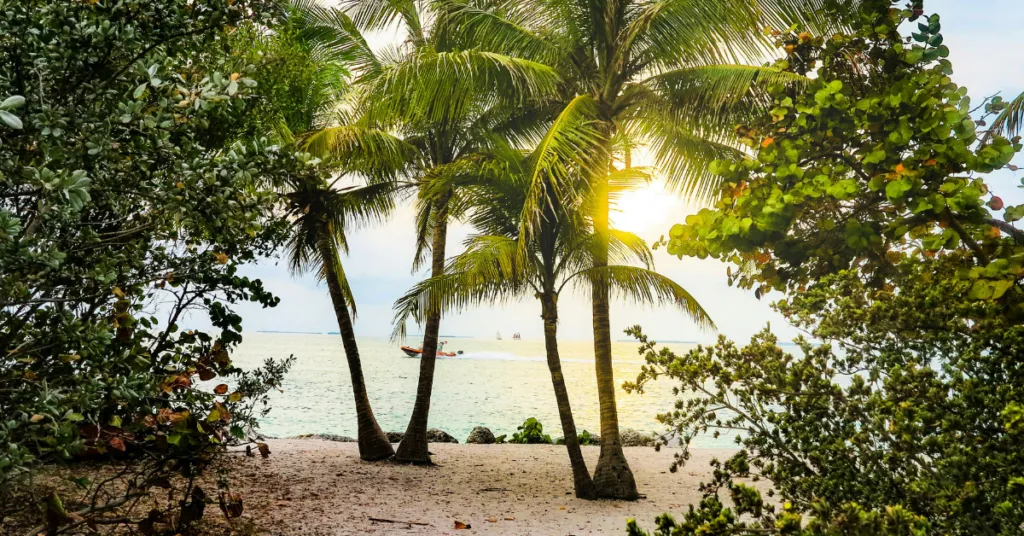

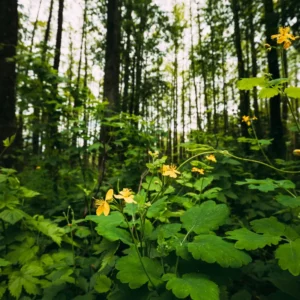

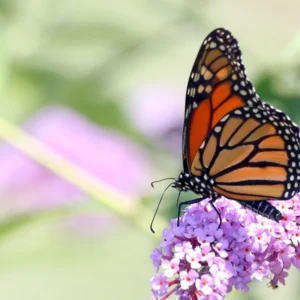
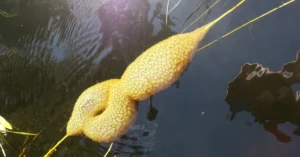

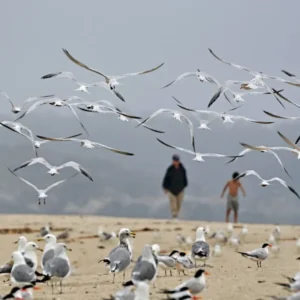
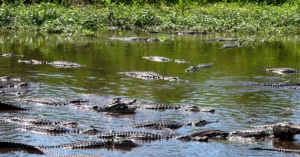
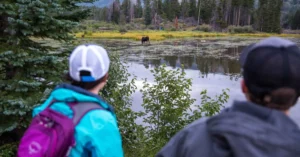
5 thoughts on “Top 10 Spots For Miami’s Year Round Wildlife Watching”
Hey there, Julia! Awesome guide on bird watching spots. You think Everglades is cool year-round or is there a best time to catch the migration?
Not Julia, but spring and fall are prime time for migrations! Everglades is absolutely buzzing then.
But isn’t it super crowded during migration seasons? Might skip if it’s too packed.
Stellar job covering Biscayne Bay, Julia. It’s such a gem for snorkeling and spotting all sorts of fish. I’m always amazed at the diversity every time I dive there. People really underestimate the wildlife we have right on our doorstep.